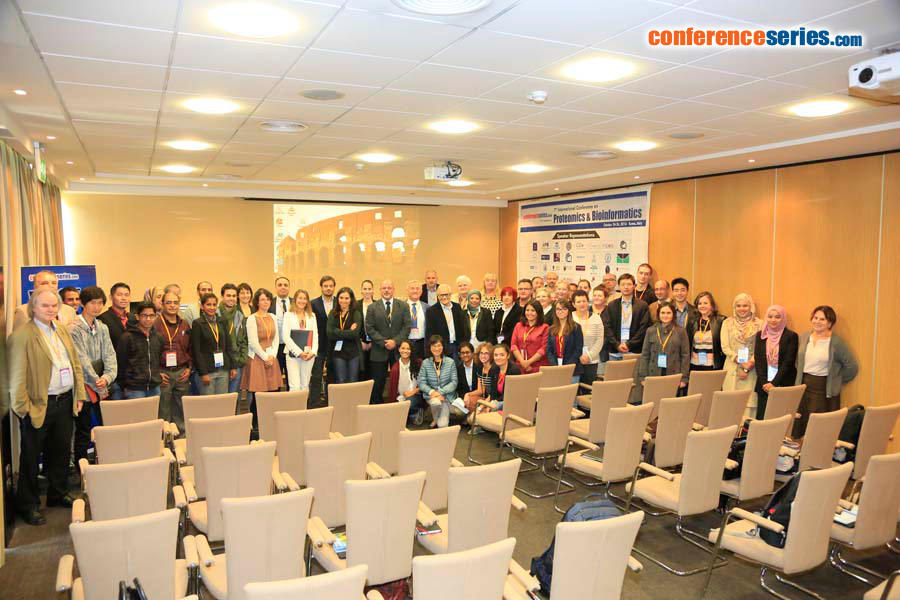
Veronna Marie
University of KwaZulu-Natal, South Africa
Title: Structural implications of protease mutations in antiretroviral treatment exposed patients infected with HIV-1 subtype C
Biography
Biography: Veronna Marie
Abstract
The development of drug resistance mutations (DRMs) within protease often results in therapy failure. Currently, limited studies have focused on the structural implications of DRMs in subtype C. The study aim was to assess structural changes within protease that may provide insight into mutational pathways in subtype C. All protease subtype C sequences were retrieved from public databases. After quality assurance, 1912 sequences remained. Resistance associated mutations were identified via the HIVdb algorithm. Phenotypic variation (PV) was calculated using the ConSurf server. Homology models were predicted using Modeller. High PV indicative of drug pressure corresponded to the sheets, 30s loop, core and active site regions of protease. Interestingly, 296 unique combinations of DRMs occurred; the most common was M46I+I54V+V82A (n=27). Combinations of three or more occurred frequently suggesting that these combinations were not random but might have structural implications. M46I+154V+V82A showed greater distances between the mutated residues in comparison to the wild-type (WT). M46I+I54V+V82A+L76V was also common (n=14). V32I, a darunavir mutation directly interacted with L76V and V82A, moving inhibitors away from I84 and towards I50. I54L, also a darunavir mutation, increased the distance of the hydrogen bonds between the mutant and I47 to twice (4.286 Å) that of the WT (I54+I47), modifying flap flexibility and active site dynamics. The interaction of L76V with darunavir mutations V32I, I54L and I84V may have implications when switching to darunavir after lopinavir failure. Understanding DRM pathways in protease can help to prevent therapy failure and promote drug design for next generation protease inhibitors.


